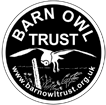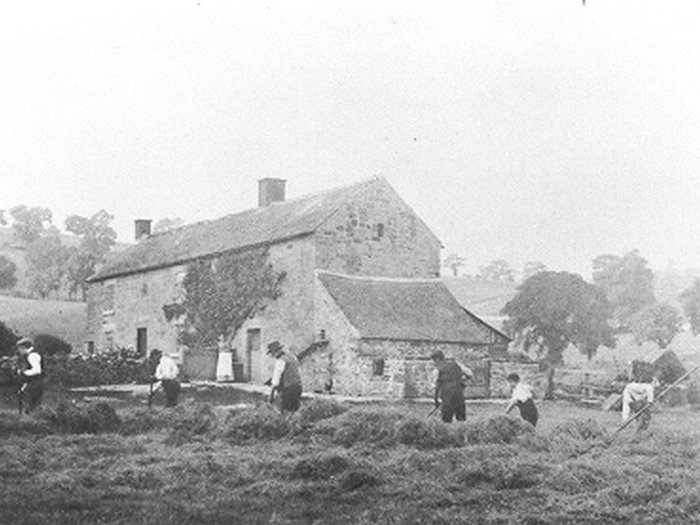Past UK Barn Owl population
How many Barn Owls did there used to be in the UK?
- The first reliable UK population estimate – 4,000 pairs (±c. 30%) – came from Project Barn Owl conducted between 1995 and 1997.
- Surveys by Blaker (1932) and Shawyer (1987) were great achievements in their day but do not meet modern scientific standards.
- Evidence for the species’ historical decline in Britain, although overwhelming, is largely anecdotal.
- The often-quoted figure of a 70% decline in England and Wales between the 1930s and 1980s cannot be relied upon.
- Since 1995-97 no reliable population estimates have been made.
Between 1995-97 and 2009 the number of Barn Owl sightings recorded by the BTO Breeding Bird Survey (BBS) increased dramatically – strongly suggesting a population increase. However, after 2009 BBS recorded a 63% decline in Barn Owl sightings. Unfortunately BBS is only a daytime bird survey so its reliability as an index of Barn Owl abundance is debatable, particularly as an increase in Barn Owl sightings by day is usually a sign that the birds are struggling to find enough food.
An entirely separate project, the Barn Owl Monitoring Program, recorded a 50% drop in the number of nests in the period 2000 to 2009 but this figure is also thought to be unrepresentative. It is possible that by 2009 the UK Barn Owl population reached significantly more than c. 4,000 pairs – no one will ever know for sure. Population estimates produced since 2000 are not reliable. Why therefore, is Barn Owl no longer an Amber-listed species?
At European level, the Barn Owl is still listed as a bird of ‘Conservation Concern’ in Birdlife International (2017) European Birds of Conservation Concern. Whilst here in the UK, in 2015, the Barn Owl was moved from the Amber List in Birds of Conservation Concern 4 (BoCC4) to the Green List suggesting a reduction in concern. However, the species move to the Green List was not made because of any change in the UK population level but simply because an updated European Birds of Conservation Concern (SPECs) list was not available at the time. This prompted the BoCC4 assessors to drop the use of SPECs as a criteria for the inclusion of species (including Barn Owl) on UK lists (Eaton et al. 2015).
Why were Barn Owls more common in the distant past?
- There is a strong consensus that Barn Owls must have been a lot more common before agricultural mechanisation.
- Farming was very much less intensive and overall, wildlife was much more abundant.
- Small mammals would have been much more common when there were more hedgerows, more marginal grazing land, and pasture was mainly permanent, “unimproved”, and much less intensively grazed.
- Stored cereal crops, in ricks or barns, became so infested with mice and rats that some enlightened farmers encouraged Barn Owls into their buildings via special access holes or “owl windows”.
- There was no fast traffic or overhead wires for Barn Owls to fly into and no poisons in the food chain.
Historical decline
It’s quite likely that Barn Owl decline started in the mid-1800s as a result of persecution by gamekeepers, egg collectors, and birds shot for taxidermy. The fact is we shall never know to what extent these activities might have affected the Barn Owl population. Indeed they may have only caused the temporary suppression of local population levels.
In the late 1800s and early 1900s increasing human population levels and the proliferation of mechanised farming led to an increase in the intensity of land management, resulting in the loss of Barn Owl habitat. This accelerated during WWI and again in WWII, with a drive for Britain to become more self-sufficient. The idea that British farmers had a duty to produce as much food as possible became deeply ingrained during WWII, and a system of government grants that paid farmers to destroy wildlife-rich fields and hedges, continued right up to the 1980s. The changes in farming practices, stimulated by the legacy of WWII, human population expansion, government policies, and consumer pressure for ever-cheaper food, are the main reasons behind the Barn Owl’s historical decline in Britain.
Why are they less common now?
There is little doubt that the main factors are:
- Low food availability due to intensive farming.
- Road mortality, especially dispersing juveniles on fast trunk roads.
- Loss of traditional roost/nest sites through conversion or decay.
Other contributory factors may include:
- The effects of secondary poisoning by rodenticides.
- Increased frequency of extreme weather events.
Other relevant pages
- Current UK Barn Owl population provides the latest figures provided by independent monitoring groups across the UK.
- UK Barn Owl distribution provides the most recent UK Barn Owl maps.
- How the Climate and Ecological Crisis affects Barn Owls.
- Barn Owls need your help! Here’s how to encourage wild Barn Owls.

![Barn Owl flying over snowy grassland [Craig Jones] Barn Owl flying over snowy grassland [Craig Jones]](https://www.barnowltrust.org.uk/wp-content/uploads/flying-grassland-snow-Craig-Jones.jpg)
![Perched barn owl treestump [Russell Savory] Perched barn owl treestump [Russell Savory]](https://www.barnowltrust.org.uk/wp-content/uploads/Perched-Barm-Owl-Treestump-Savoury.jpg)


